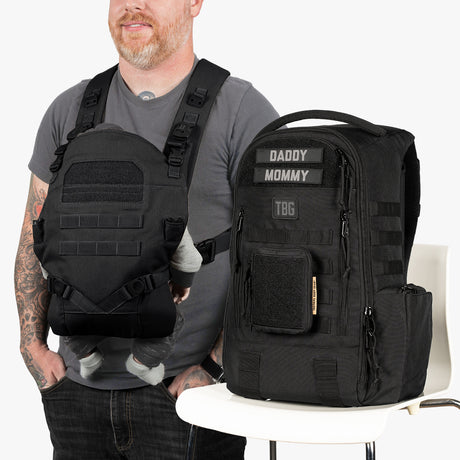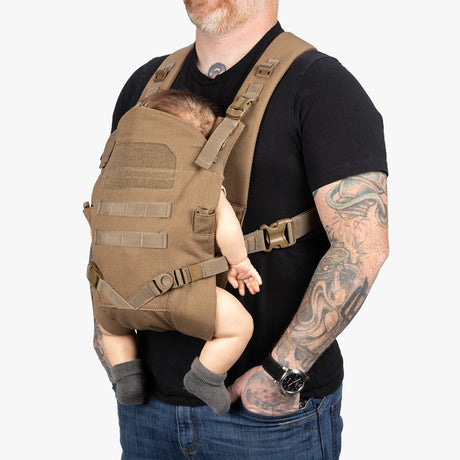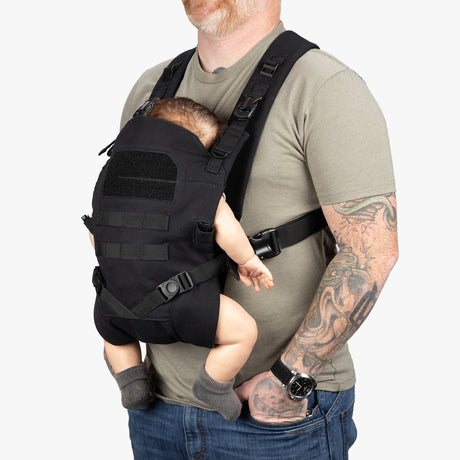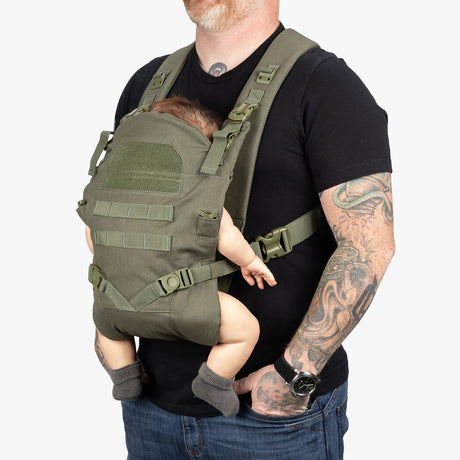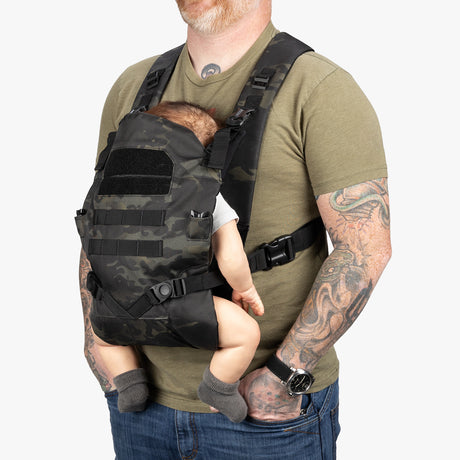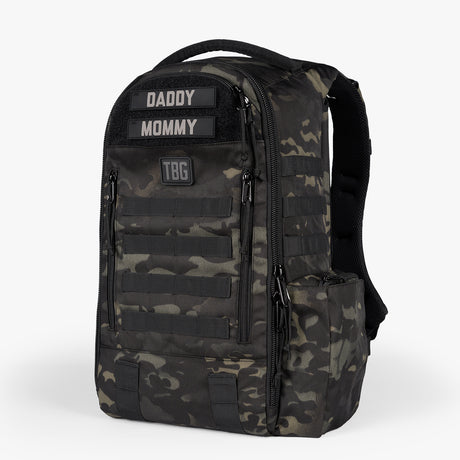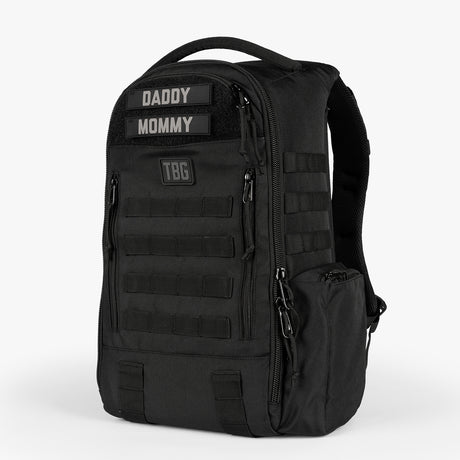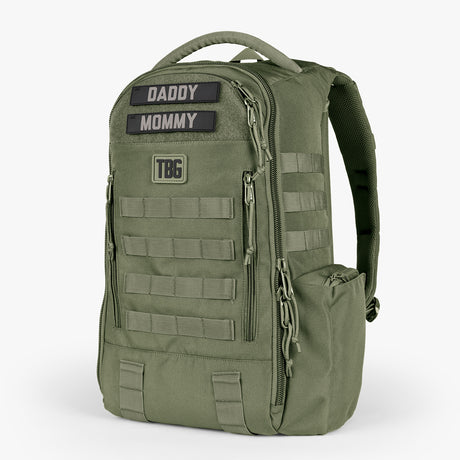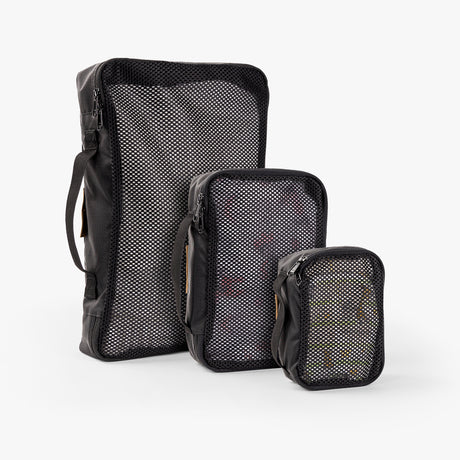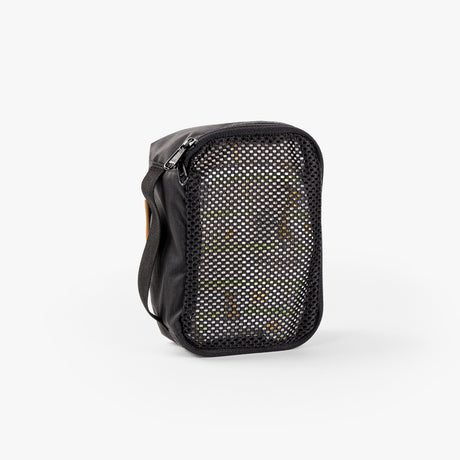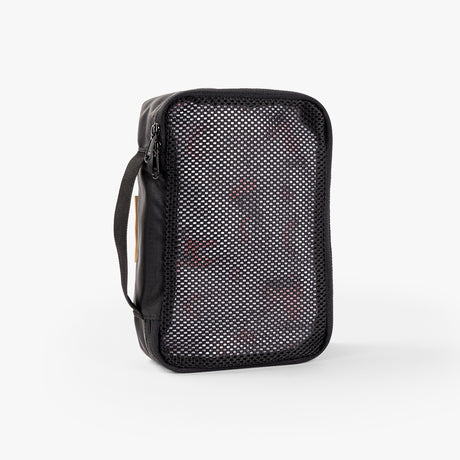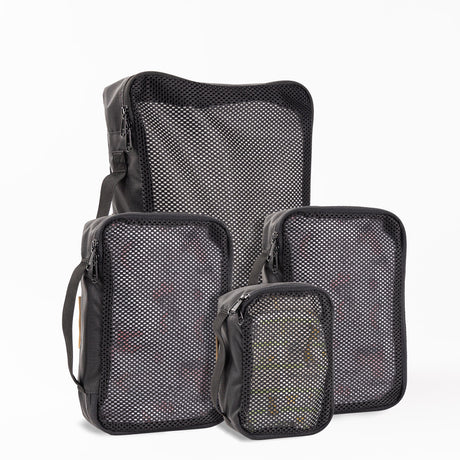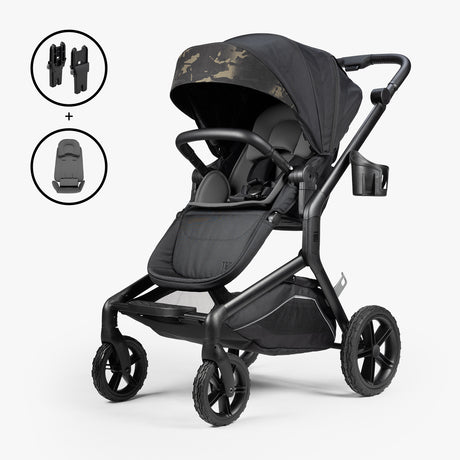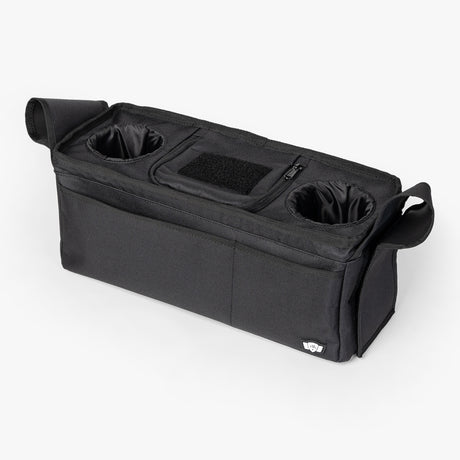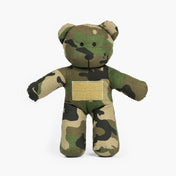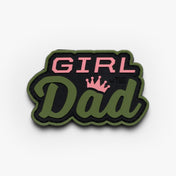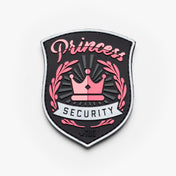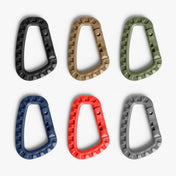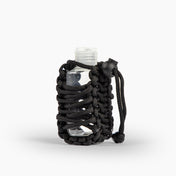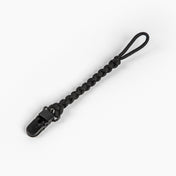Let's face it. When it comes to paternal instincts in the animal kingdom, there are more than a couple of lousy dads. In the natural world, a majority of dad critters are programmed to produce as many heirs as possible without sticking around to take care of their offspring.
Moms often get the credit for not only child bearing but also child rearing, while dads are left out and ignored. However, there are some exceptions to this trend that dominates the parenting scene in the animal kingdom. In fact, in some species, the proud father plays an integral role in raising the young along with, or sometimes in place of, the mother. Here are standout animal fathers that could teach us a thing or two about parenting.
Emperor Penguins
When it comes to being a great dad, emperor penguins deserve to win an award year after year for the sheer amount of work and devotion they show to their offspring.
After mating during the harsh Antarctica winter, the females lay an egg and then embark on a two-month hunting trip, leaving the poor fathers on their own. During this period, male emperors keep the eggs warm by shielding them from the extremely severe weather. They don’t actually sit on the eggs, but they balance them on the feet and cover them with a piece of skin called a brood pouch. The diligent father incubates his egg in his brooding pouch for the next 65 days, during which he does not eat.
When the egg hatches, his job is to keep the near-featherless little chick warm since it cannot yet regulate its own body temperature. Therefore, in order to keep the newborn chick warm, all the fathers huddle together and form a giant phalanx of fathers and newborn chicks to try and conserve as much heat as possible.
Eventually, the mother emperor penguin returns from the sea, full of food and energy to devote to her newborn chick. She takes over from dad and, after over two months, it is finally dad’s turn to fill his belly. However, the fathers remain close, sharing hunting and feeding responsibilities with the mother.
Marmosets
The female of these adorable little primates usually gives birth to twins which can take its toll on any mother. The ordeal of pregnancy on the female is a rough one, as the newborns can account for over 25 percent of her body weight! That would be like a human female giving birth to a 40 pound baby!
Understandably, after that ordeal (in addition to providing milk to the newborn), the female needs a break. Luckily, this is where dad comes in. Almost immediately after birth, the marmoset father grooms and licks the newborn to give the female time to recuperate. This is extremely important, as female marmosets can become pregnant only two weeks later.
Rheas
Much like the emperor penguin, the rhea is a large, flightless species of bird from South America in which the males dutifully incubate the females’ eggs until they hatch.
However, the male rhea (an ostrich look-alike) is polygamous, courting up to 12 females at a time. Despite their wandering eyes and many mates, male rheas never abandon their offspring. In addition to incubating as many as 50 eggs at a time for six weeks, the rhea father is in charge of nest building and is responsible for raising the chicks for the first six months without any assistance from their mothers.
Red Foxes
Male red foxes not only attend to their vixens constantly so they can tend to their young, but they also act as valuable life coaches for their offspring. For the first month after the female gives birth, the father has the exhausting job of providing her with food every 4 to 6 hours as she must stay in the den to feed the young and keep them warm.
When the offspring are older and able to walk around, daddy spends endless hours playing with the young ones. But it’s not all fun and games. When the kiddies are around 3 months old, the father starts to teach them valuable life lessons. He will bury food under leaves and twigs around the den and encourage the offspring to find it themselves, thus teaching them how to sniff out food and forage for themselves.
Ostriches
There are many things peculiar about ostriches: their big eyes, the impressively large wingspan, and the sheer size of their eggs. But one thing that most people are not aware of is that ostriches participate in true tag team parenting.
After a female lays her eggs, the parents take turns incubating them; the female during the day and the male at night. Zoologists believe the male gets the right shift because, with his darker coloring, he will be less visible to predators and therefore be able to protect the nest better than the female.
Once the eggs hatch, the male’s job has only just begun. He will fervently defend the hatchlings from predators as well as teach them to feed. Not bad for an animal that many people still believe sticks his head in the sand at any sign of trouble (for the record, they don’t).
Gorillas
A typical gorilla father is in charge of a clan as large as 30 gorillas. He is responsible for finding food for his group, which is a big job seeing as gorillas typically eat up to 50 pounds of food per day!
He is quite respectful of the mother of his children always dining with her first before letting the kids join in on the meal.
A gorilla dad is also very attentive, fending off threats by fiercely beating his chest and charging enemies. He often has to fight off other male gorillas who are known to kill baby gorillas when trying to takeover the group.
He spends a good deal of time with his young until they become teenagers, playing lovingly with his offspring and settling any arguments that arise between siblings.
Flamingoes
Male flamingos are all around good guys. Even while congregating in a flock of thousands of birds, these guys remain monogamous, mating with one special gal for life. Flamingo dads wholeheartedly believe gender equality which is rare in the animal kingdom.
When it comes time to mate, dad helps mom select a nesting site, and together they construct the nest out of mud. Once she lays her egg, the father shares in the responsibility of incubating the egg, as they take turns sitting on the nest for equal amounts of time. Once the hatchling is born, mom and dad share all parenting duties equally.
Seahorses
There are more than fifty seahorse species and besides their odd physique, it’s hard to remember seahorses are fish. They are famous because it is the male who becomes pregnant. Male seahorses have a special pouch where the females leave their unfertilized eggs. The pregnant males release a hormone called prolactin, which nurtures the babies growing inside them. The process lasts from a week and a half to a month, and the mother visits the pregnant father regularly.
Once the pregnancy is done, the newborn seahorses are hatched inside the pouch and released afterwards. Some seahorse species can give birth to 2,500 young. While the energy spent makes the seahorse one of the best animal dads, the truth is that after birth both parents abandon the young and only 0.5% of their offspring survive.
After delivery, the male will then return to the same partner later that day to mate again.
African Jacana
The male African jacana is smaller than his female counterpart and in no ways wears the pants in the relationship (in fact he is a bit of a pushover), but that doesn’t mean he’s not a good dad. On the contrary, he takes on a host of duties for his brood.
After building his nest on a little floating island he goes about finding a mate. However, after mating, the female runs off to breed with other males, leaving the male alone to tend the 4 eggs she has laid. Being a single parent isn’t easy for the African jacana. He has to incubate the eggs and, if disturbed (mainly by flooding), he has to carry his young under his wings to a safer location. Full marks for single parenting here.
The Gray Wolf
Gray wolves, for all their fame of fierceness and wildness, are excellent parents. They are among the animals most faithful to their mates, and the males are exemplary fathers. The wolf dad takes care of feeding his mate after she has given birth, and he also cares for his litter and teaches them how to hunt and survive.
The other aspect that makes the gray wolf one of the best animal dads is that this species also practices all-parenting care; if a wolf pup is lost or abandoned, a pair may adopt it and raise it as their own.
Great Horned Owl
The great horned owl might be the hardest working dad in the animal kingdom. He starts a family by establishing his territory and attracting a mate with his three or five hooter call. Then both partners go house hunting for places like old squirrel nests, hawk nests, or hollowed-out tree stumps.
In late winter, the female lays two or three eggs, and the male’s marathon begins. While she keeps those eggs from freezing, he brings home food in the form of rats, mice, squirrels, and even prey as large as pheasants.
In most bird species the female is the smaller animal, but not birds of prey. So the male great horned owl must feed himself and another adult about 25 percent larger than he is. Once two or three hatchlings are crying for food, his burden multiplies. After about a month, his work load is eased slightly as his mate starts to hunt. This is a blessing for the male, because the fledglings will grow to be temporarily bigger than their parents and require as much as one-fourth their body weight in daily food intake.
Namaqua Sandgrouse
There is no escaping it; in the Kalahari Deserts (900,000 square kilometers covering much of Botswana, and parts of Namibia and South Africa) the Namaqua sandgrouse is one very committed father.
He takes turns with his mate to incubate their eggs, dealing with the long night shift, while she takes over during the day so dad can fly off with his fellow fathers in search of food and water. But it’s after hatching his chicks that this dad’s time to shine arises. His breast feathers are capable of absorbing water, much like a sponge, and after dipping them in a water-hole he is able to carry water back to his chicks, providing them with much needed sustenance.
However, it is the lengths to which he’ll go to achieve this that is so incredible….and that is meant in a literal sense. With excellent flight capabilities, this dad can fly at around 40 miles per hour and is tough enough to achieve a round trip from nest to water and back again of around 100 miles!
And Who's the Worst Dad in the Animal Kingdom? ... The Grizzly Bear!
Deadbeat dads who desert their young are bad enough (and quite the norm in the animal kingdom), but the grizzly bear actually kills cubs. To be fair, the grizzly is an equal opportunity assassin. He goes after cubs in his home range, an area as big as 1,200 square miles, where a half-dozen females or more could be rearing young. There’s a good chance he’s killing his own offspring. A murderous male doesn’t find it easy to get past mother bears, despite the fact that he is likely two or three times bigger than they are. Females with cubs are ferociously protective and the more aggressive the female, the more likely she’ll succeed in protecting her young.
Hopefully you can see from this post that there are some pretty fascinating fathers out there in the animal kingdom, all with their own unique style. So to all the human dads out there, trying to do the best for your cubs, thank you for just being you.


